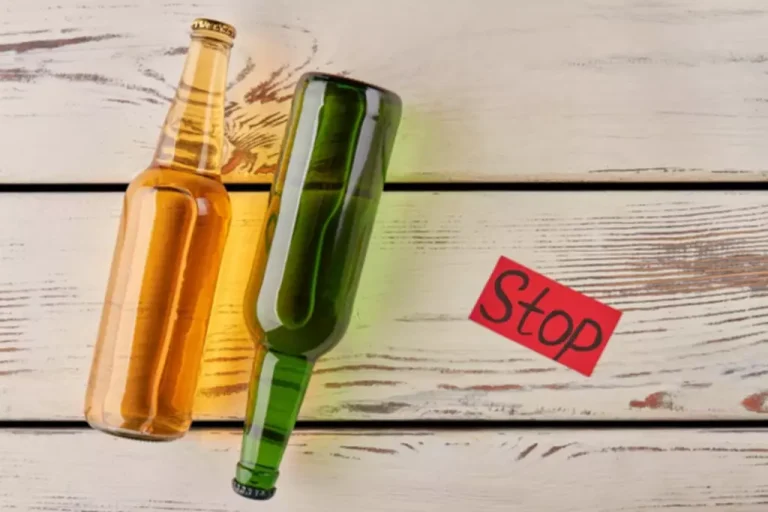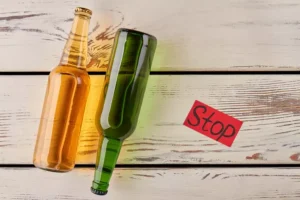Risks, Dangers, and Effects of Alcohol on the Body

Light to moderate drinking is linked to a reduced risk of heart disease, while heavy drinking appears to increase the risk (37, 38, 39, 40). Genetic, psychological, social and environmental factors can impact how drinking alcohol affects your body and behavior. Theories suggest that for certain people drinking has a different and stronger impact that can lead to alcohol use disorder. Both the volume of lifetime alcohol use and a combination of context, frequency of alcohol consumption and amount consumed per occasion increase the risk of the wide range of health and social harms. The risks increase largely in a dose-dependent manner with the volume of alcohol consumed and with frequency of drinking, and exponentially with the amount consumed on a single occasion. Surrogate and illegally produced alcohols can bring an extra health risk from toxic contaminants.
- Full details of the study methods are published elsewhere 16 but are summarised here.
- You and your community can take steps to improve everyone’s health and quality of life.
- While alcohol intake and depression seem to increase the risk of one another simultaneously, alcohol abuse may be the stronger causal factor (20, 21, 22).
- Alcohol is one of the leading causes of death in the United States, contributing to approximately 178,000 deaths annually.
7. Health Consequences of Alcohol Behaviours

Your liver is a remarkable organ with hundreds of essential functions. Alcohol is one of the most popular psychoactive substances in the world. It’s produced by yeasts that digest sugar in certain carb-rich foods, such as grapes — used to make wine — or grains — used to make beer. Generally referred to as “alcohol,” ethanol is the substance that makes you drunk. Every state in the U.S. has a legal limit (or a point at which it is legally unsafe to operate a motor vehicle) of 0.08%.
What Are the Effects of Alcohol on the Body?

You probably already know that excessive drinking can affect you in more ways than one. This research can help inform decision making and help protect communities. “Our research fills existing knowledge gaps of perchlorate impacts and furthers the understanding of real-world risks posed by these environmental contaminants,” Gilbert said. It usually takes the liver about an hour to remove one unit of alcohol from the body. The excess amount of alcohol in your system can also upset your digestion, leading to symptoms of nausea, vomiting, diarrhoea and indigestion. Your liver, which filters alcohol out of your body, will be unable to remove all of the alcohol overnight, so it’s likely you’ll wake with a hangover.
Alcohol and well-being video
- This article discusses everything you need to know about the short-term effects of alcohol.
- A drink is 12 ounces of beer, 5 ounces of wine, or 1.5 ounces of liquor.
- In worst-case scenarios, severe alcohol-induced brain damage may impair people’s ability to lead an independent life.
- Alcohol’s impact on cognitive functioning can also make it challenging for people drinking alcohol to form and verbally express coherent thoughts.
- As a result, they eventually need to drink more to notice the same effects they once did.
- Over time, alcohol can cause damage to your central nervous system.
For HED and frequent drinking, those not currently drinking were assigned a zero and were included in the analyses. Enquiries were also made about the age at which regular drinking was initiated (EDI). Alcohol-related problems were defined as self-reported problems “related to your drinking” (in the past 12 months). The types of problems included money, health, conflict with family or friends, or problems with authorities. Supplementary Table S1 provides definitions for each alcohol measure. While moderate alcohol consumption may reduce your risk of heart disease, heavy drinking may increase it.
- There are several possible reasons for the beneficial effects of drinking moderately.
- While casual to moderate drinking may be a part of life for some, excessive or chronic alcohol consumption can significantly impact your body and long-term health.
- Alcohol is a powerful chemical that can have a wide range of adverse effects on almost every part of your body, including your brain, bones and heart.
- Problems with missingness were minor, around 1% for alcohol variables.
EPA researchers used the AOP method to identify adverse health outcomes that are relevant to risk assessment or regulatory decision making in response to these real-world environmental risk factors. If a person loses consciousness, don’t leave them to “sleep it off”. Levels of alcohol in the blood can continue rising for 30 to 40 minutes after the last drink, and symptoms can worsen. After drinking 8 to 9 units of alcohol, your reaction times will be much slower, consequences of drinking your speech will begin to slur and your vision will begin to lose focus. The alcohol also impairs the cells in your nervous system, making you feel lightheaded and adversely affecting your reaction time and co-ordination.
4. Health Consequences of Alcohol Behaviours
People who choose not to drink make that choice for the same reasons. Knowing your personal risk based on your habits can help you make the best decision for you. Over time, drinking can also damage your frontal lobe, the part of the brain responsible for executive functions, like abstract reasoning, decision making, social behavior, and performance. If your body can’t manage and balance your blood sugar levels, you may experience greater complications and side effects related to diabetes.

Alcohol also irritates the stomach lining, leading to inflammation (gastritis), which can make you feel nauseated and throw up. Alcohol slows signals from the brain to the muscles responsible for the coordination and control of muscles involved in speech, leading to a noticeable slowing down or slurring of words when intoxicated. By promoting the release of these feel-good neurotransmitters, alcohol temporarily amplifies feelings of joy and lightheartedness. Many people will take a https://ecosoberhouse.com/ drink to stop the discomfort of withdrawal.

Population-Level Impacts of Alcohol Use on Mental and Physical Health Outcomes
When you drink heavily for years, that extra workload and the toxic effects of alcohol can wear your kidneys down. As the body adapts to the presence of the drug, dependency and addiction can result. If consumption stops suddenly, the person may experience withdrawal symptoms. In fact, red wine may be linked to more health benefits than any other alcoholic beverage (75, 76, 77, 78, 79).
